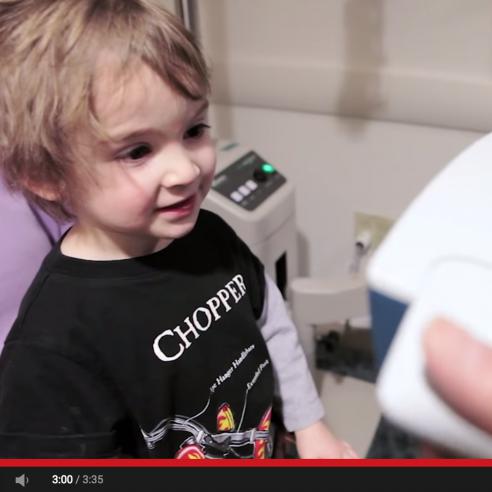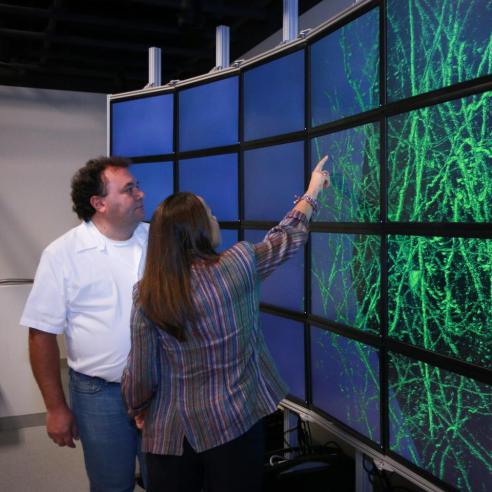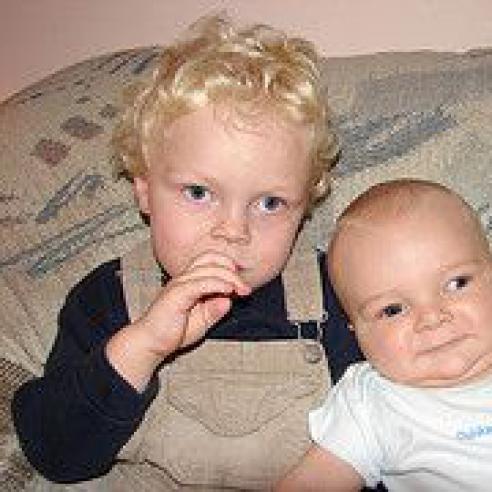Amblyopia Research Gets a Boost: RPB Matches a Special Donor’s Targeted Support
RPB is doubling its annual support of amblyopia research and honoring an esteemed donor, the late Diane Disney Miller. Amblyopia, commonly referred to as "lazy eye," is the major cause of monocular...
Read More

Watch The Video
Revolutionary Scanner Detects "Lazy Eye" in Children With High Degree of Accuracy
RPB researchers have developed and tested a simple, seconds-long screening exam with a handheld scanning device to enable pediatricians to identify amblyopia, the leading cause of vision loss in childhood, in...
Read More
Eye Divergence in Children Linked to Risk of Mental Illness
Children whose eyes are misaligned and point outward are at significantly increased risk of developing mental illness by early adulthood, according to findings of an RPB-supported, Mayo Clinic study published in...
Read More
Crossed Eyes
[Note: this is an older, but still potentially useful, article from the RPB archives.]
Eugene R. Folk, MD, Professor
The eyes should work together as a team. When one eye is deviated (turned too
far in one...
Read More







